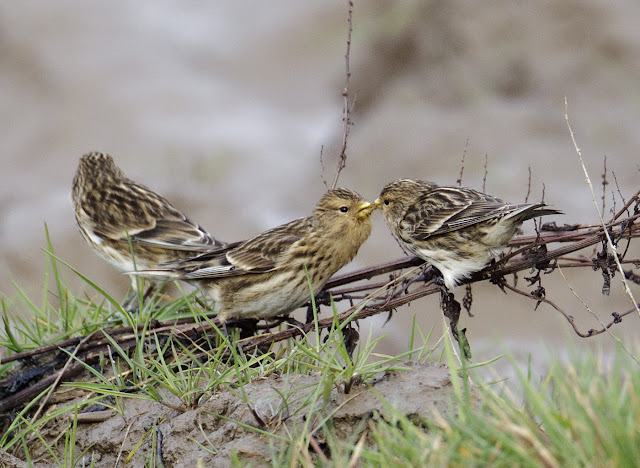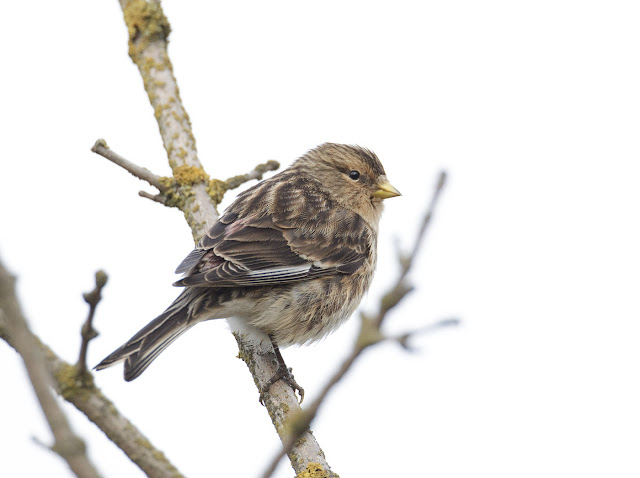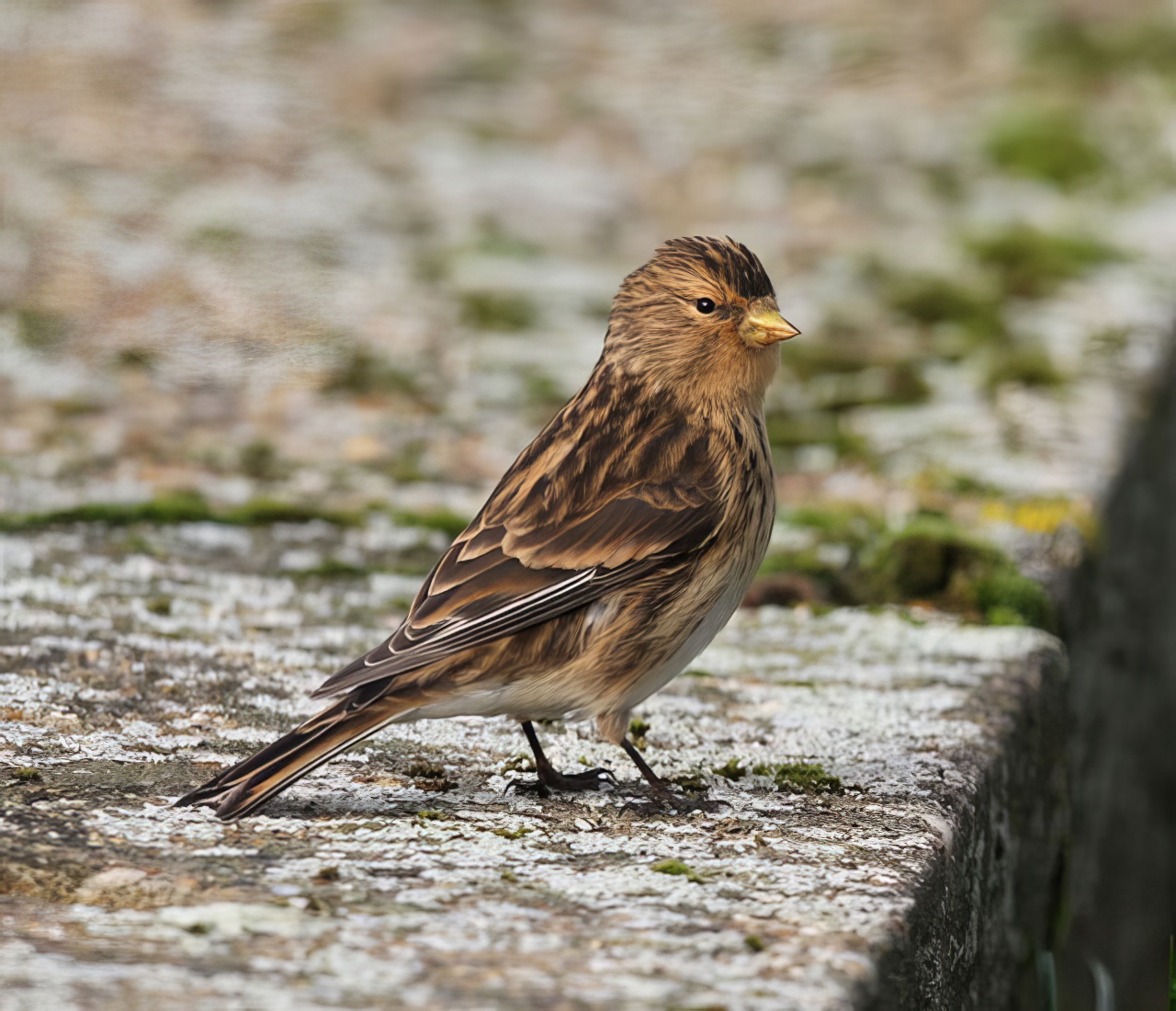Twite Linaria flavirostris
Fairly common, declining to scarce coastal winter visitor in recent years and passage migrant, mainly September-April. Rare inland.



The Atlas reported that “large flocks of several thousand used to be found on The Wash, but in recent years numbers have been drastically reduced.” The largest flock reported on The Wash in 2019 was 80 at Gedney Drove End. The endemic race of Twite in Britain pipilans has declined dramatically and BTO BirdFacts reports the population at 7,900 pairs. The epicentre of the decline in the breeding population has been the Pennines, the southern Pennines of Derbyshire particularly, and this is probably the origin of many of our wintering birds. Certainly, colour ringed birds from the hills west of Huddersfield, West Yorkshire have been reported at locations ranging from Tetney Marshes to Holbeach Marsh. LBR reports for the six years to 2019 show that December-January are the peak count months across the coast, and these have fallen steadily from 937 in December 2014 to 132 in December 2019. The largest flock in recent years has been at Saltfleetby-Theddlethorpe Dunes NNR where the peak counts have been 451 in January 2015, and 127 in January 2019. The coast from here to Tetney is now the main centre of the wintering population. It seems the population decline is attributable to reduced breeding productivity brought about by agricultural intensification in the uplands. Fertilising grass fields and heather moorlands for increased dairy potential and a switch from cattle to sheep reducing food availability (Newton 2017). In the six-year period 2014-2019, five inland sites recorded Twite: six were at Marston STW in March 2014 and one in March 2016; four were at Covenham Reservoir in October 2014, and two in November 2019; three were at Dunsby Fen November 2014; one was at Toft Newton Reservoir also in November 2014. Finally, a remarkable flock of 55 Twite were at Alkborough in March 2012 - the first record for the site was only in 2011 and there has never been more than 30 anywhere inland in Lincolnshire before; 23 returned in October 2012. Additionally, it was a poor winter on the coast so it begs the question 'where have they come from?', Norfolk? there was a lot of singing and courtship feeding in the flock where they remained until mid-April.
Reference
Newton, I. (2017). Farming and Birds. Collins New Naturalist Library.
(Updated with reference to the new Birds of Lincolnshire (2021) December 2022)
